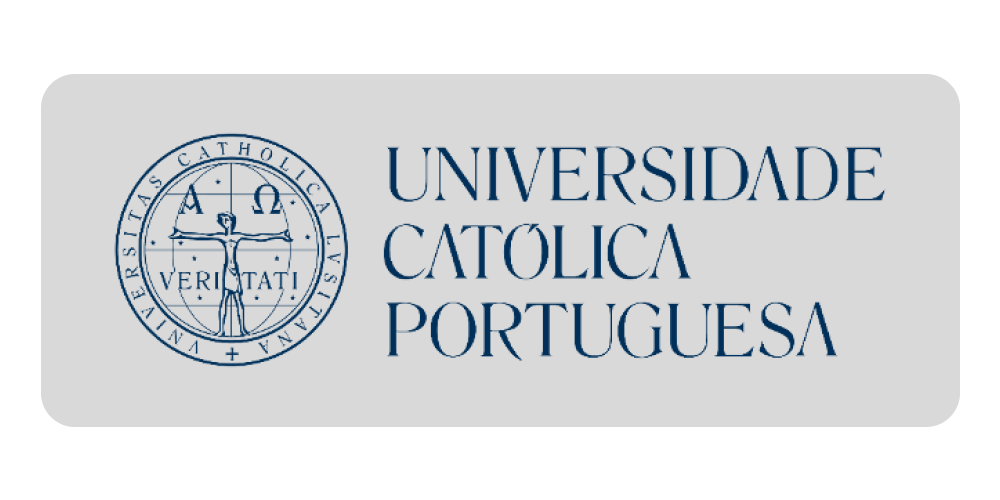'Croatian Conservation Institute'
The Jakovlje Mansion – a history of construction and a future renovation
2012
Croatian
U tekstu je prikazana povijest gradnje dvorca u Jakovlju kao i povijesni slijed vlasnika imanja koji su gradili i pregrađivali dvorac te se koristili gospodarski vrlo aktivnim imanjem koje su i oblikovali. Dvorac se razvio iz kurije koju je najvjerojatnije gradio zagrebački graditelj Mathias Leonhart pedesetih godina 18. stoljeća, o čemu svjedoči pismo u kojem spominje nedovršenu građevinu u Jakovlju koju zbog svoje bolesti ne uspijeva privesti kraju. Zanimljivo je da su sondiranja i analiza građevine pokazali da prvotna kurija nije bila dovršena kada su joj u trećoj četvrtini 18. stoljeća dograđena bočna krila, što ide u prilog pretpostavci o navedenom autorstvu. Utvrđen je prvi žbukani sloj pročelja koji je objedinio kuriju i dograđena krila. Riječ je o tipičnom baroknom konceptu s horizontalnom rustikom u prizemlju i pilastrima na katu, očuvanim samo u tragovima. Nakon potresa 1880. godine dvorac je obnovljen i preoblikovan u duhu historicizma, što je ujedno njegova treća i posljednja građevna faza. Obnovom se planira rekonstrukcija urušenog sjevernog krila u gabaritu i pročeljnoj artikulaciji. Historicističko pročeljno oblikovanje preostalih dvaju krila obnovit će se metodom restauracije, a njihova unutrašnjost, ovisno o stupnju valorizacije, obnavljat će se prema izvornom stanju ili prilagođavati potrebama korisnika.The paper recounts a construction history of the mansion in Jakovlje, a timeline of owners who built and rebuilt the mansion, used and developed an economically very active estate. The Oršić family came into possession of the Jakovlje estate in 1659. It later passed down to the Josipović family whose presence at the estate is traced over the 19th century. From the beginning of the 20th century, the role of the owner was taken up by a Czech-origin family of Siksto. After World War II, the mansion was nationalized and has since 1992 been owned by the Croatian Association of Artists and the Croatian Association of Artists of Applied Arts.
The Jakovlje mansion developed in several phases of construction. Its current state results from adjacent side wings having been added to an older central volume during the second half of the 18th century, while façade decorations date from the last quarter of the 19th century. It was originally a country house built in the 1750s, whose spatial, construction and formal elements were characteristic of the period. Elements from the original country house have largely been preserved, which makes this unit the most valuable part of the mansion. The country house was probably built by a Zagreb architect Mathias Leonhart in 1750s, as testified by a letter mentioning an unfinished building in Jakovlje which failed to be completed due to the architect’s illness. Interestingly, the probing and the analysis of the building revealed that the original country house was incomplete in the second half of the 18th century when it was expanded by lateral wings, thus adding to the earlier mentioned authorship attribution.
Subsequent construction of the two adjoining utility wings resulted in the cold monumentalization of the building, particularly its rear façade. Necessity, however, justified the intervention that created a three-winged mansion with unusual dimensions but with a characteristic façade design of horizontal rustication in the ground floor and pilasters in the first floor. Third phase of construction can roughly be dated to the last quarter of the 19th century, judging by the Historicist architectural decoration on the façade of the central volume. Reasons for this renovation can be linked to the 1880 earthquake, when the mansion was seriously damaged and subsequently likely renovated. Historicist renovation introduced new façade decorations and changes to the dimensions of the central volume, thus concealing its Baroque character. It was probably at this time that changes were made to the interior of the main volume, with the introduction of lateral podiums with balustrade railings in the central ground-floor room and the construction of the new representative T-shaped staircase.
Over time, the surrounding space had like the mansion itself been adapted to owners’ needs and their way of life, reflected in its organization and design. Historical graphic records testify to its transformation from a fully utilitarian space with no specific concept, into an organized, functionally divided space with a park area for promenading and relaxation. Despite the post-war degradations and inappropriate usage of the castle and its surroundings, in the 1990s a sculpture park was established that nowadays constitutes a special quality and largely contributes to the value of the complex. The new owner (Croatian Association of Artists) has been organizing an artistic colony, whose aim from its beginnings in 1993 has been to produce sculptures in the mansion’s surroundings. It was precisely this idea that inspired plans for its future purpose–of setting up art studios, launching art and educational workshops, exhibitions and maintaining the sculpture park – and made the rehabilitation programme so interesting, opening up possibilities for the development of cultural tourism in the area.
Future renovation is planned to include a reconstruction of the northern wing which will restore the mansion’s integrity, important in the context of its new spatial role and characteristic vistas. It is possible to adapt the interior for the planned purpose, which means renovating and redesigning the interior to make it fully functional and improve the work conditions for the artists. The adaptation should preserve the original spatial organization of the central part of the mansion, but allow new arrangements in the wings, in keeping with contemporary standards, needs and way of life. A method of restoration would be used to restore the Historicist architectural sculpture and decoration, as it is the only preserved layer of façade decoration
'Croatian Conservation Institute'
The Jakovlje Mansion – a history of construction and a future renovation
U tekstu je prikazana povijest gradnje dvorca u Jakovlju kao i povijesni slijed vlasnika imanja koji su gradili i pregrađivali dvorac te se koristili gospodarski vrlo aktivnim imanjem koje su i oblikovali. Dvorac se razvio iz kurije koju je najvjerojatnije gradio zagrebački graditelj Mathias Leonhart pedesetih godina 18. stoljeća, o čemu svjedoči pismo u kojem spominje nedovršenu građevinu u Jakovlju koju zbog svoje bolesti ne uspijeva privesti kraju. Zanimljivo je da su sondiranja i analiza građevine...
Preuzmite dokument
Croatian
2012
 Viki Jakaša Borić
Viki Jakaša Borić






